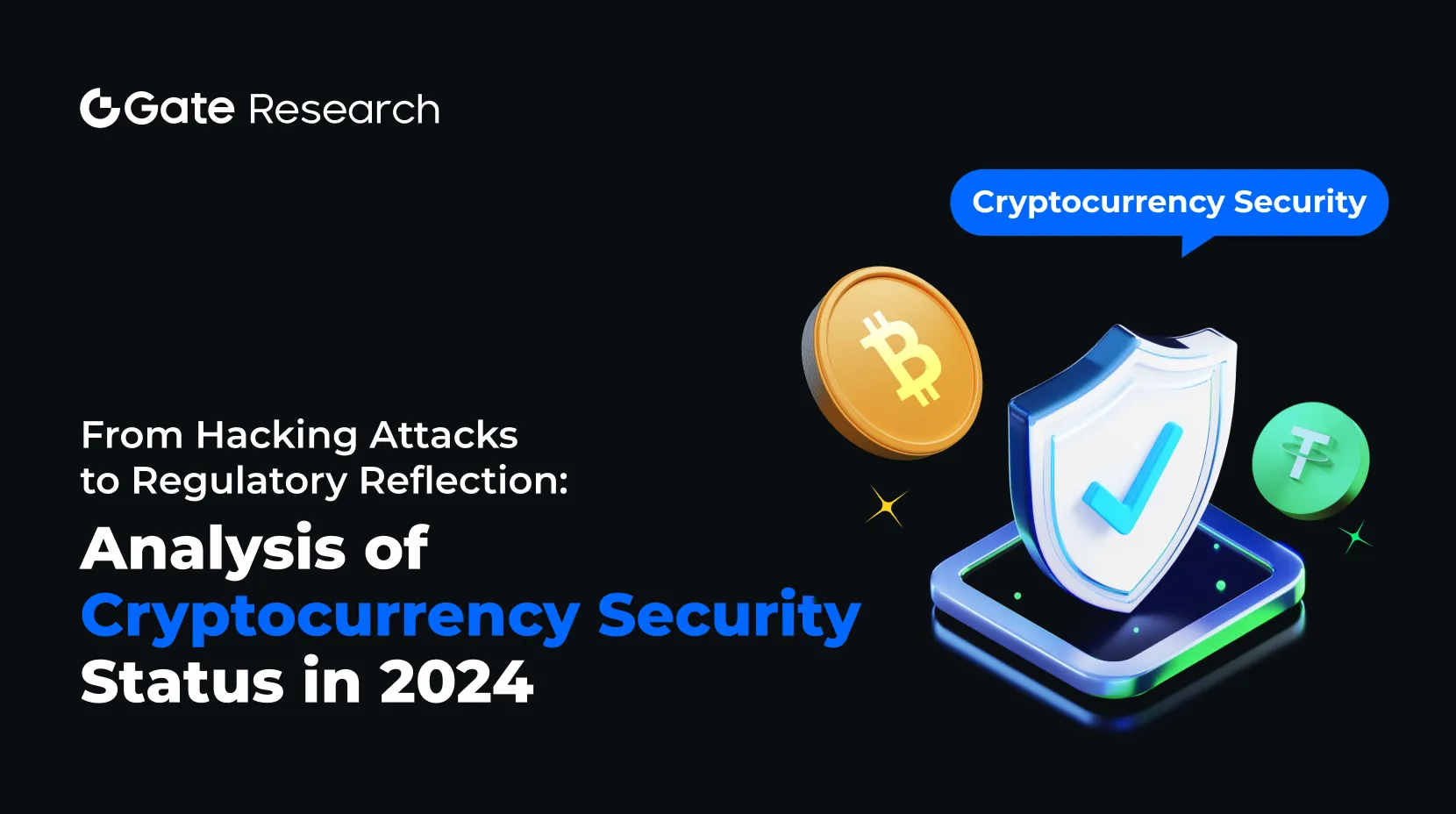Os ataques de sanduíche Solana fazem um retorno: As taxas de prioridade se transformam em "taxas de proteção," e o "ciclo escuro" na cadeia se intensifica
Através da análise de dados e casos, este artigo revela como os ataques sanduíche evoluíram de 'guerra de guerrilha' para 'colheita em linha de montagem', e como a distorção do mecanismo de taxa de prioridade agrava os encargos e crises de confiança do utilizador.À medida que o ecossistema Solana experimenta uma queda no volume de transações devido ao declínio da tendência MEME, uma crise mais insidiosa está a espalhar-se. Recentemente, muitos utilizadores na comunidade têm reclamado que, mesmo depois de pagarem taxas prioritárias (Tips), ainda são frequentemente vítimas de ataques sandwich. Alguns nós validadores são até acusados de participar nesses ataques. Este fenómeno expõe um problema enraizado no ecossistema Solana - o MEV (Valor Máximo Extraível) evoluiu de uma vulnerabilidade técnica para uma ferramenta de colheita sistemática.
Os dados mostram que a receita de um único atacante de sanduíche disparou de $30 milhões em dois meses para $287 milhões em seis meses. Entretanto, os utilizadores são forçados a escolher entre serem “sanduichados” ou pagar taxas de “proteção” mais elevadas. Por trás desta crise está uma tripla ameaça: o agrupamento de interesses do validador, a distorção do mecanismo de taxa prioritária e o colapso da confiança do usuário.
Ataques de sanduíche industrializados: Da guerra de guerrilha à colheita em linha de montagem
Anteriormente, a PANews realizou uma investigação aprofundada sobre o MEV na cadeia Solana, expondo o bot de ataque de sanduíche mais notório na época, que fez mais de $30 milhões de lucro em dois meses (leitura relacionada: O maior atacante de sanduíches da Solana ganha $570,000 por dia depois de "pegar" $30 milhões em 2 meses, provocando indignação pública)
Meses depois, a situação apenas piorou. Os ataques de sanduíche à Solana não foram contidos pela reação da comunidade ou pela exposição na mídia. Em vez disso, os atacantes adotaram novos métodos e matrizes de ataque em maior escala.
Por exemplo, o endereço Ai4zqY7gjyAPhtUsGnCfabM5oHcZLt3htjpSoUKvxkkt, que esteve ativo até 15 de novembro de 2024, gerou aproximadamente US$ 287 milhões em lucros ao longo de seis meses, de acordo com as estatísticas do PANews.

Os métodos de ataque também evoluíram. Para evitar detecção, os bots de ataque por sandwich na Solana agora usam um lote maior de endereços e executam ataques de forma programática. Um desses programas, com 77 endereços, realizou 429.000 transações (todas as quais podem ser consideradas ataques) até 12 de março. Supondo que cada ataque requer duas transações, este programa executou 215.000 ataques.
Outro endereço, 4vJfp62jEzcYFnQ11oBJDgj6ZFrdEwcBBpoadNTpEWys, realizou 210.000 ataques no último mês, transferindo aproximadamente $1.6 milhões para as exchanges, com um lucro médio de $7.6 por transação.
Na realidade, o número de ataques de sanduíche diários excede em muito o que foi visto há seis meses. No entanto, estatísticas precisas não estão disponíveis devido à falta de dados abrangentes.

O Dilema das Taxas de Prioridade: De "Taxas de Aceleração" a "Taxas de Proteção"
À medida que os ataques se tornam mais frequentes, os utilizadores tentam mitigar os riscos através da utilização de bots de negociação ou do aumento das taxas de prioridade. No entanto, o mecanismo de taxa de prioridade tem sido distorcido — transformando-se de uma ferramenta para melhorar a eficiência das transações numa espécie de “imposto on-chain” de facto, sobrecarregando ainda mais os utilizadores.
Os beneficiários são os nós validadores que lucram com a renda MEV.
A proposta SIMD-0228, atualmente em discussão, tem como objetivo reduzir o rendimento do staking dos nós. No entanto, isso baseia-se na suposição de que o rendimento atual do MEV é suficiente para sustentar as taxas desses nós.
Isto cria um ciclo vicioso: os ataques sandwich levam os utilizadores a pagar taxas de prioridade, o que aumenta o rendimento dos nós, e alguns nós participam em ataques sandwich. Este sistema interligado torna os ataques sandwich no modelo de lucro mais lucrativo na Solana.
Os utilizadores são deixados com uma escolha sombria: perder o principal para ataques de sanduíche ou pagar taxas de prioridade mais altas.
Durante mercados de alta, este jogo sombrio é frequentemente negligenciado, já que os utilizadores se concentram nos efeitos de riqueza e nos principais incidentes de hacking. As vítimas de ataques sandwich ou pequenas retiradas RUG são frequentemente deixadas a aceitar as suas perdas, enquanto os atacantes se sentam e recolhem lucros.
A diminuição do volume de transações altera os modelos de ataque: de “Agrupamento” para “Salto de Fila”
No entanto, esta lógica está a mudar à medida que o mercado declina. De acordo com as discussões nas redes sociais e a pesquisa da PANews, executar um ataque de sanduíche eficiente não é barato.
O custo principal advém da necessidade do atacante de implantar múltiplos nós validadores globalmente para inserir transações no momento certo. Implantar um cluster completo de nós de ataque pode custar milhões de dólares.
Embora esses custos garantam uma corrente constante de receita de ataque, também criam pressão de lucro e perda para os atacantes de sanduíche. À medida que os volumes de transações on-chain diminuem, também diminuem as receitas dos atacantes. Isso leva a uma competição aumentada entre os atacantes, sendo que aqueles que oferecem taxas de prioridade mais altas provavelmente capturarão uma maior participação de mercado.
Como resultado, as transações sem taxas prioritárias estão cada vez mais incapazes de atender aos alvos dos atacantes. Isso levou a casos em que mesmo as transações com taxas prioritárias ainda estão sendo atacadas.
Por exemplo, numa transação, a vítima pagou uma taxa prioritária de 0.000075 SOL, que anteriormente estaria segura contra ataques. No entanto, o atacante do sanduíche pagou uma taxa mais alta de 0.0044 SOL. Nesta transação, o utilizador tentou uma troca no valor de cerca de 5 SOL, mas o atacante levou 0.08 SOL.

Na verdade, as investigações sobre várias transações de ataque revelam que os utilizadores que pagaram menos de 0,001 SOL em taxas de prioridade eram frequentemente alvo.
Os métodos de ataque também mudaram. Anteriormente, os atacantes de sandwich usavam transações agrupadas, agrupando transações de taxa não prioritária juntas e organizando-as em qualquer ordem. Agora, como a maioria dos usuários paga alguma taxa prioritária, os atacantes adotaram uma abordagem não agrupada, iniciando duas transações independentes antes e depois da transação alvo. Como resultado, o valor da taxa prioritária se tornou um fator crítico.
Em resumo, a evolução dos ataques de sandwich na Solana mudou de evitar ataques agrupados pagando taxas prioritárias para ser sandwiched se a taxa prioritária for insuficiente.
Para os utilizadores, a escolha já não é se devem pagar uma taxa de prioridade, mas sim se devem pagar o suficiente. Isto cria um ciclo vicioso: os utilizadores têm de aumentar continuamente as taxas de prioridade para se protegerem, enquanto os nós dependem destas taxas para manterem os seus níveis de rendimento.
Vazamento de Dados do Node Exacerba Desafios do Ecossistema
No entanto, este processo baseia-se numa premissa crítica: o nó líder do bloco deve cooperar com atacantes em sanduíche, divulgando dados, permitindo que os atacantes identifiquem transações com taxas prioritárias antecipadamente. Desde 27 de fevereiro, o fundador do Pepe boost apelou às autoridades da Solana para abordarem este problema na plataforma X. Além disso, o co-fundador da GMGN e o PinkPunkBot levantaram preocupações semelhantes nas redes sociais. Até 13 de março, as autoridades da Solana não responderam.
Até 10 de março, a taxa diária de prioridade na Solana havia caído para cerca de 14.000 SOL, uma queda de 92% em relação ao pico de janeiro de 183.000 SOL.

O número de endereços ativos na Solana também caiu para 2,14 milhões, uma queda de 75% em relação ao pico de 8,78 milhões. Em um mercado já em contração, permitir que os ataques de sanduíche continuem é como matar a galinha dos ovos de ouro, afastando ainda mais os usuários do ecossistema Solana.
A competição entre as cadeias públicas não se resume apenas a números de TPS; também depende de os participantes do ecossistema conseguirem estabelecer um consenso de valor sustentável. Com o volume de transações em queda e a receita de taxas de prioridade diminuindo, a Solana enfrenta um dilema difícil: se os grupos de interesse MEV continuarem a devorar os ativos dos usuários, a atividade da rede construída pela MEME ao longo do último ano pode nunca mais retornar. A pesca excessiva deixará o lago vazio.
Declaração de exoneração de responsabilidade:
- Este artigo é reproduzido a partir de [ PANews]. Os direitos de autor pertencem ao autor original [Frank]. Se tiver alguma objeção à reimpressão, por favor entre em contato Gate Learnequipa, a equipa tratará dela o mais brevemente possível de acordo com os procedimentos relevantes.
- Declaração de exoneração de responsabilidade: Os pontos de vista e opiniões expressos neste artigo representam apenas os pontos de vista pessoais do autor e não constituem qualquer conselho de investimento.
- Outras versões do artigo são traduzidas pela equipe Gate Learn e não mencionadas em Gate.io, o artigo traduzido não pode ser reproduzido, distribuído ou plagiado.
Artigos relacionados
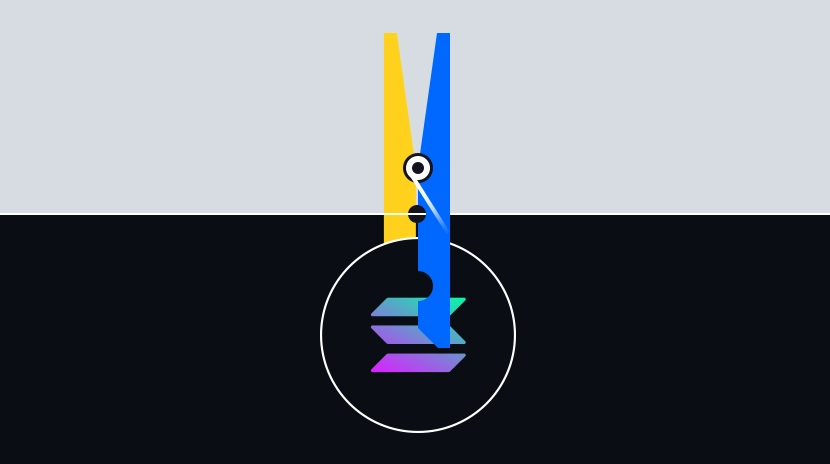
Estaca Simplificada de Solana: Um Guia Completo para Estaca de SOL
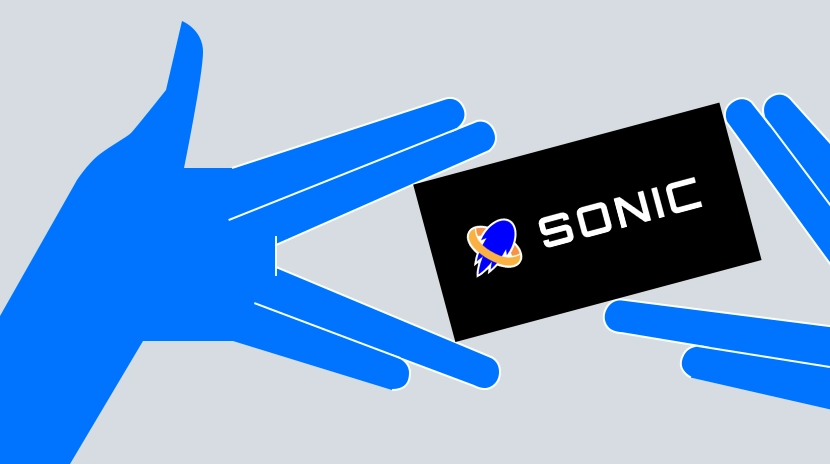
Explorando o Smart Agent Hub: Sonic SVM e seu Framework de Escalonamento HyperGrid
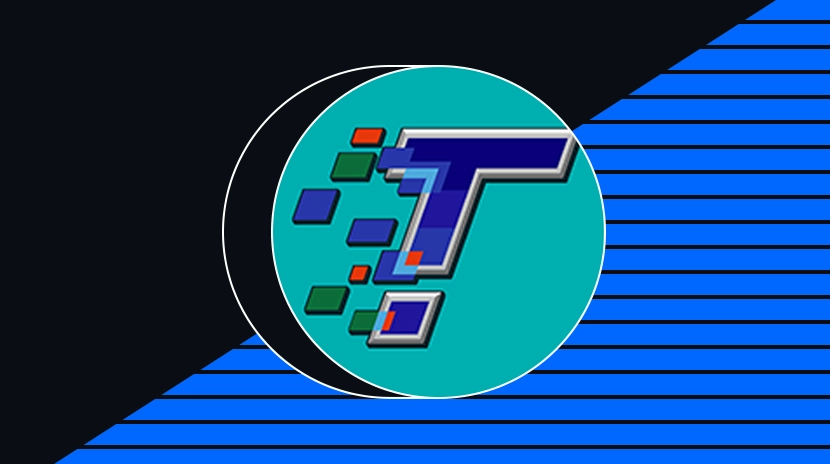
Compreender a Tribe.run num Artigo
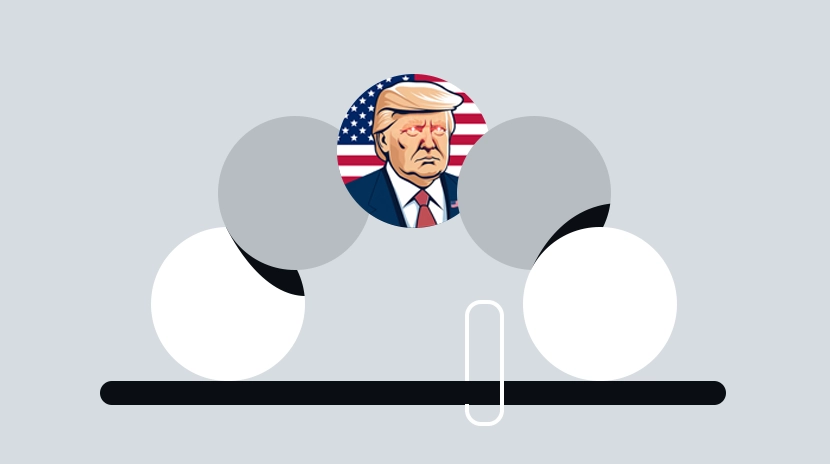
Uma visão abrangente das moedas meme de Trump
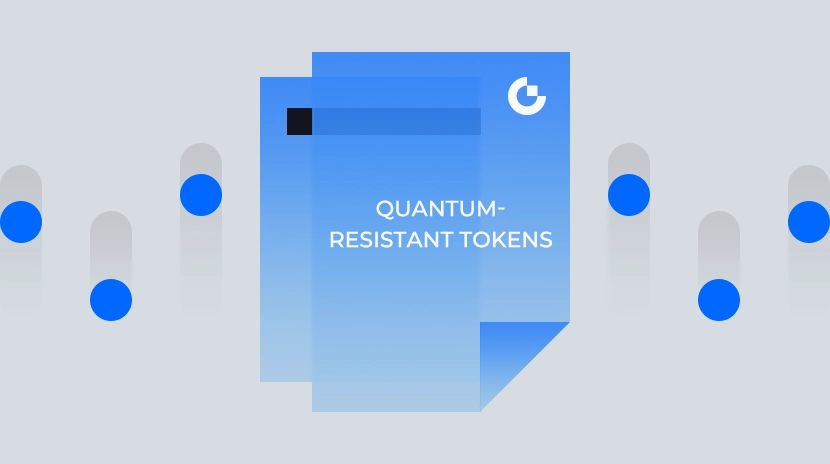
O que são tokens resistentes à quântica e por que são importantes para as criptomoedas?
